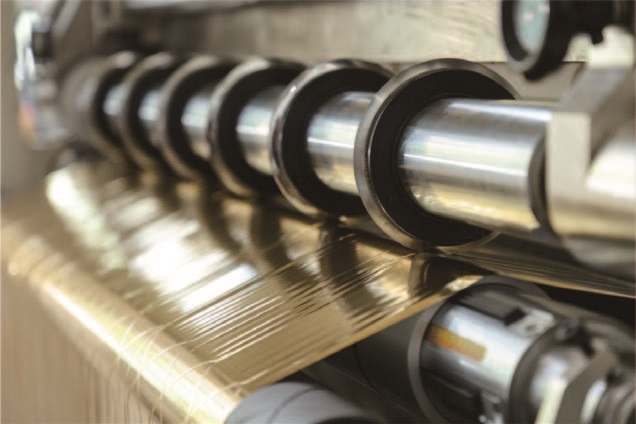
Slitters play an important role in industrial production, helping manufacturers to achieve automation and large-scale production of material processing through precise cutting operations.
The common operation of changing cutting knives of different types and specifications in a slitter usually requires the following steps:
1. Confirm safety: Before proceeding with the tool change, first make sure that the slitter is in a shutdown state and that there is no material or debris left in the cutting area. Also, wear appropriate protective gear, such as gloves and goggles, to stay safe.
2. Choose the right cutting tool: Choose the right cutting tool according to the type, thickness and shape of the material to be cut. Different materials may require tools of different materials, shapes, and sizes.
3. Unfix: Open the safety door of the slitting machine or remove the tool fixing screw, and remove the current cutting tool. Before removing the knife, make sure the knife is cooled to avoid burns.
4. Install the new cutter: Install the selected new cutting cutter to the cutter position of the slitting machine, and make sure the cutter is installed firmly. Depending on the specific structure of the slitter, it may be necessary to use appropriate tools and techniques to ensure that the cutter is installed correctly.
5. Adjust the cutting parameters: according to the specifications and material characteristics of the new cutter, adjust the cutting parameters of the slitter, such as tool pressure, speed and position, etc. The adjustment of these parameters usually needs to be tested and adjusted according to the actual situation to achieve the best cutting results.
6. Test run: Before moving on to formal production, a test run is carried out to ensure that the new cutter is installed correctly and the cutting effect meets the requirements. Observe whether there are abnormalities in the cutting process, and adjust and correct them in time.
7. Care and maintenance: Regularly inspect and maintain the slitting machine and knives to keep them in good working condition. Depending on the frequency and situation of use, the knives are changed regularly to ensure cutting results and production efficiency.
Through the above steps, the cutting knives of the slitter can be safely and effectively replaced to meet the cutting needs of different materials and specifications.
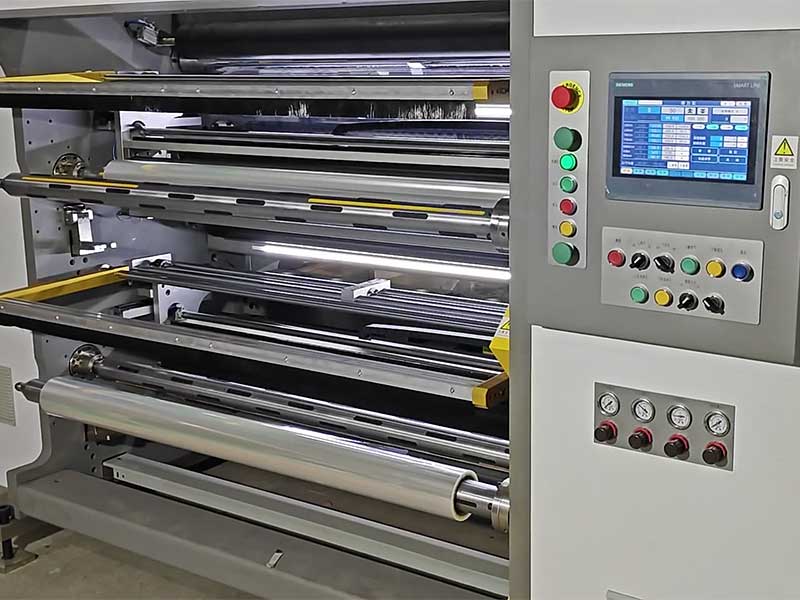
The automotive film slitting machine, an increasingly intelligent "cutting knife", is accurately cutting out redundant costs, inefficient processes and backward production methods.
10. December, 2025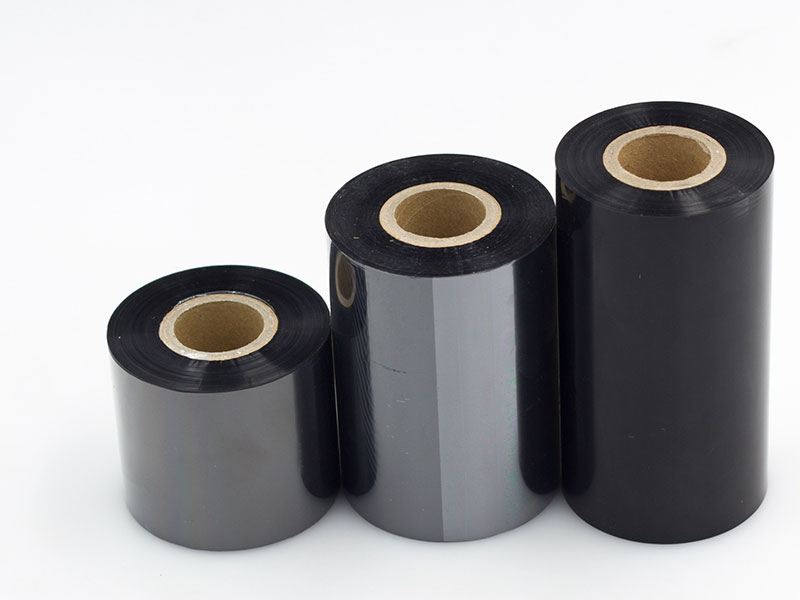
Behind the seemingly ordinary ribbon is the extraordinary persistence of the high-reliability ribbon slitting machine.
10. November, 2025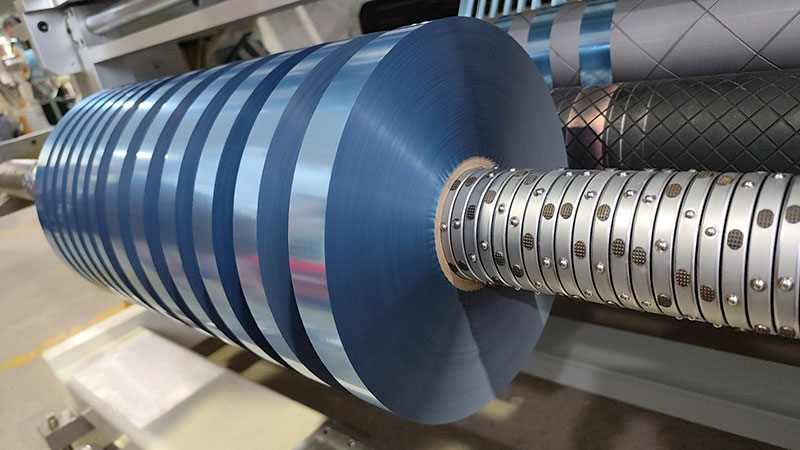
intelligent slitting machines have emerged, redefining the standards of slitting operations with their revolutionary "one-click setting, worry-free cutting" concept.
31. October, 2025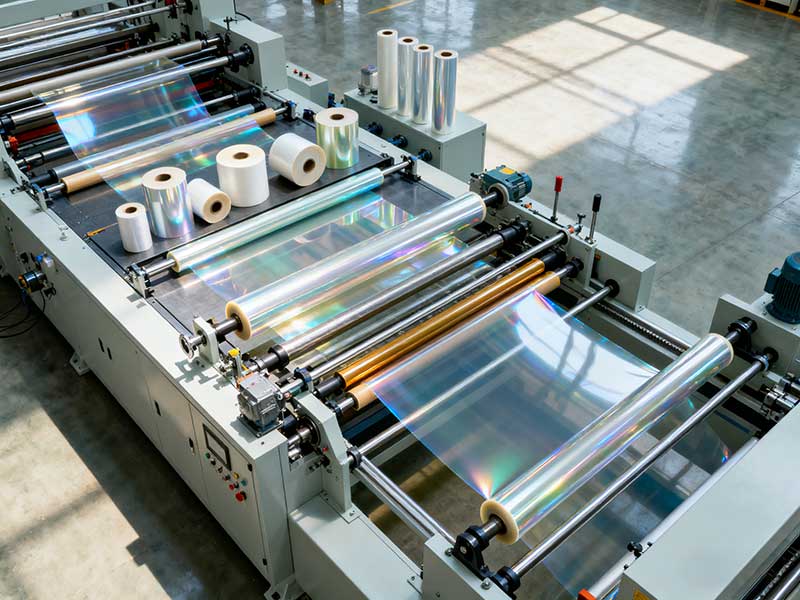
Pushing the cutting limits of ultra-thin materials is not only a test of slitting technology, but also the ultimate measure of the comprehensive capabilities of the entire solution.
31. October, 2025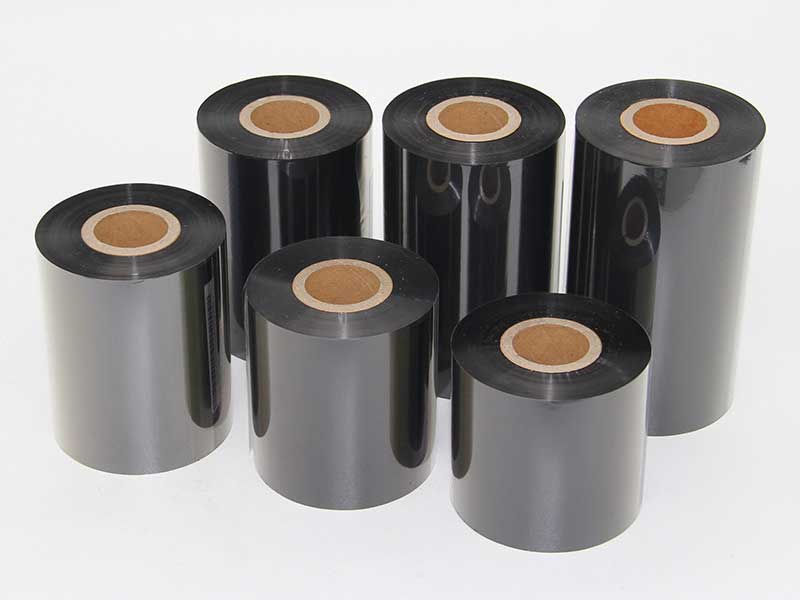
Choosing a highly reliable ribbon slitting machine may have a higher initial investment than ordinary equipment, but the overall return is extremely significant:
30. October, 2025